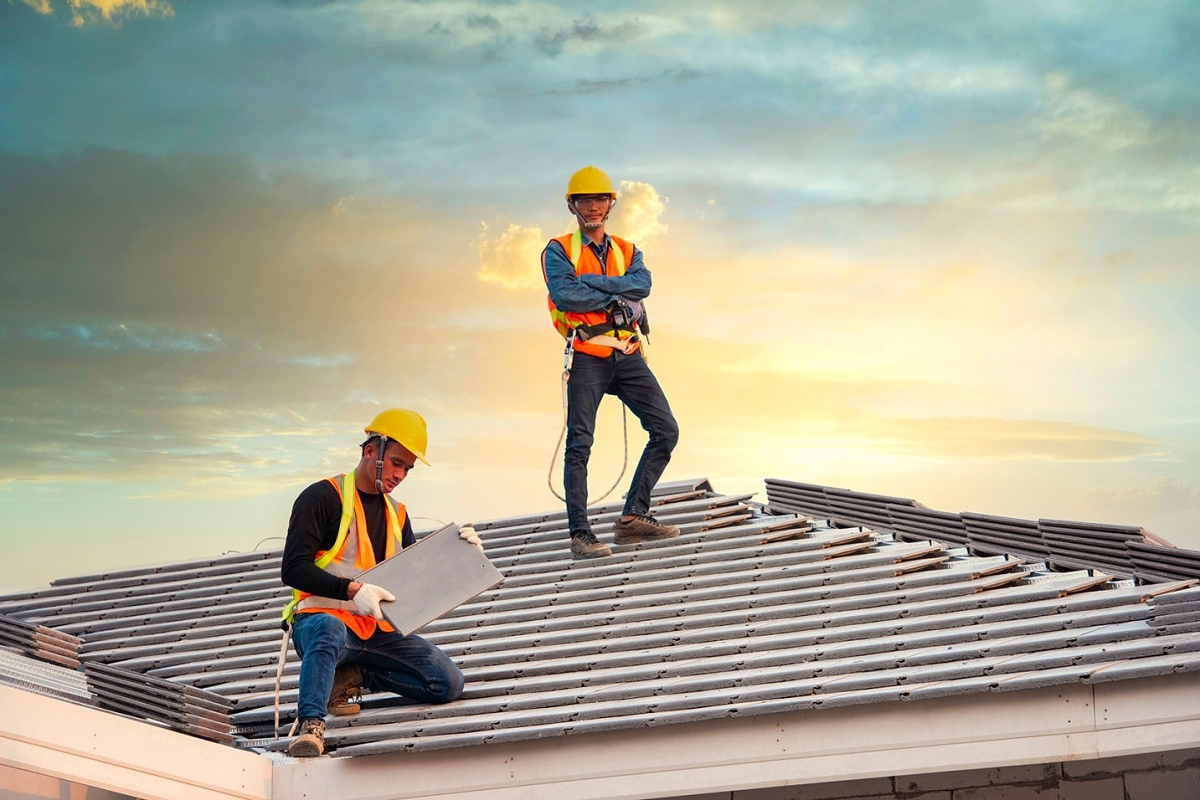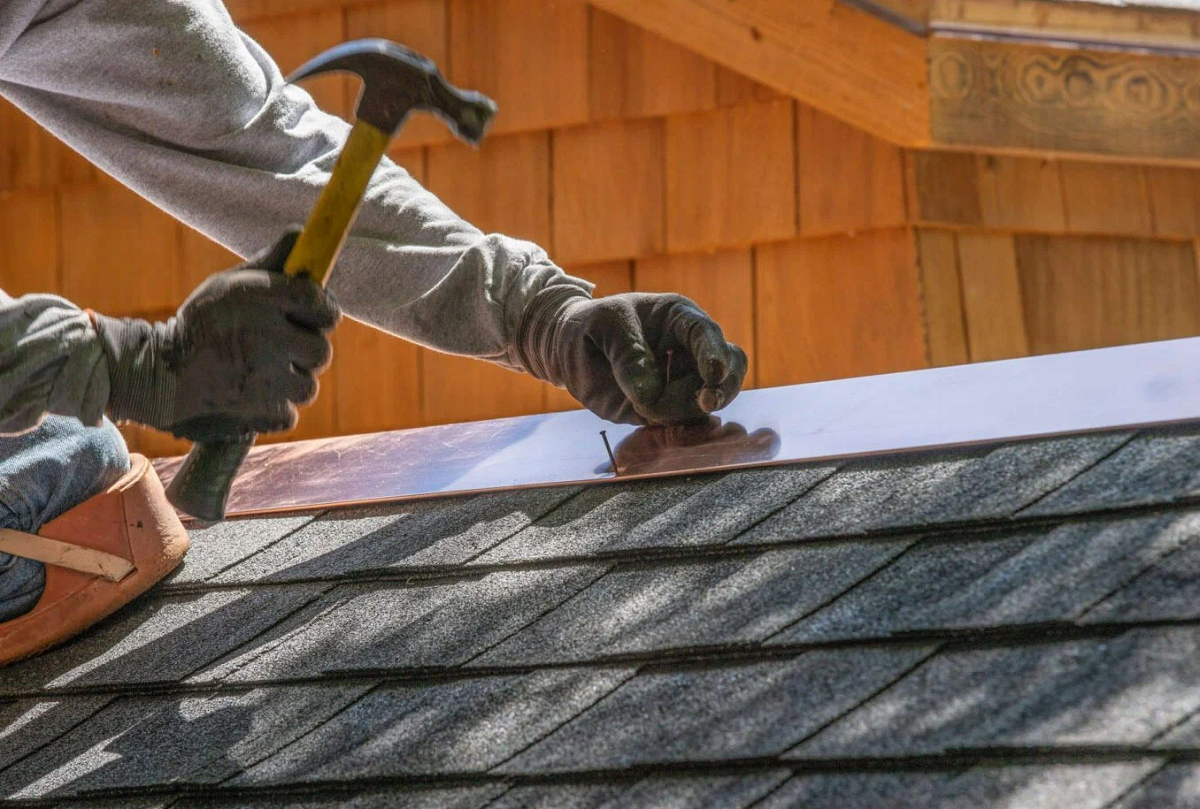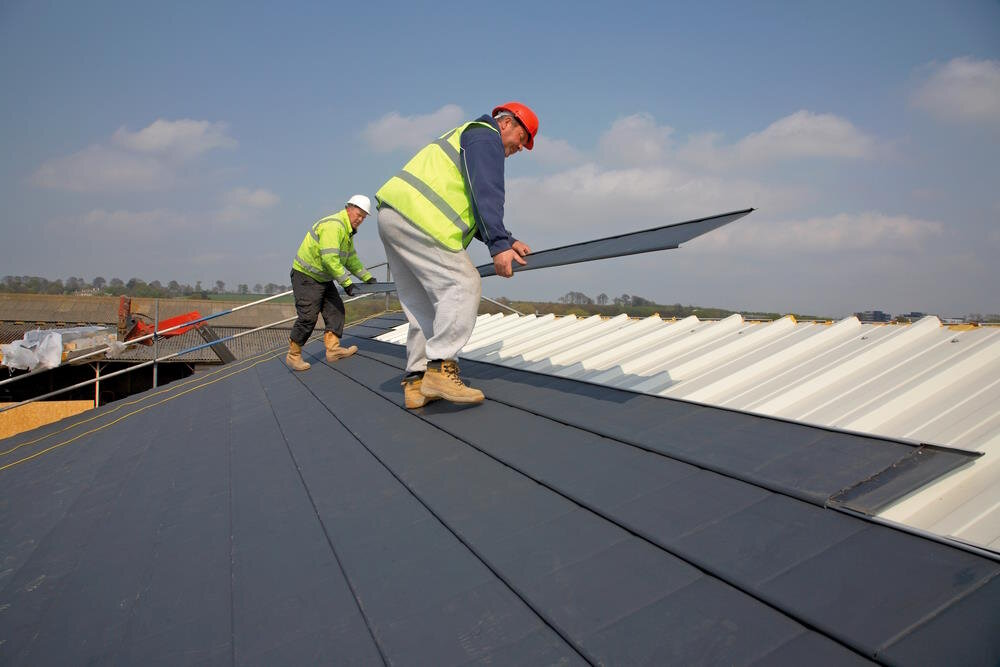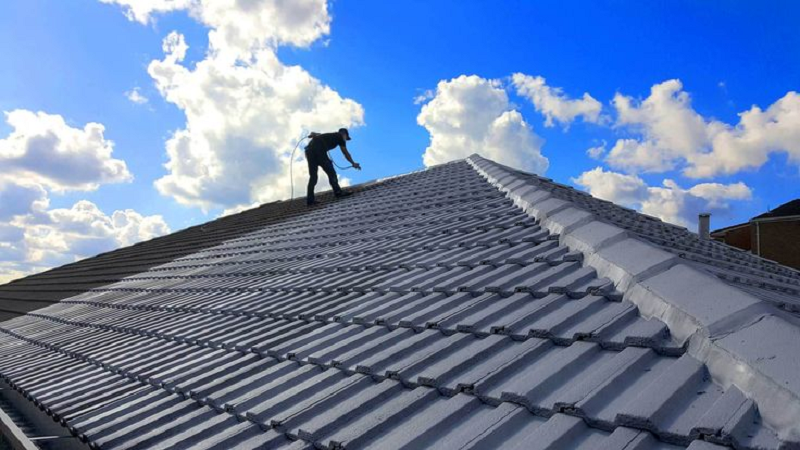Longevity Matters: Commercial Roofing Durability
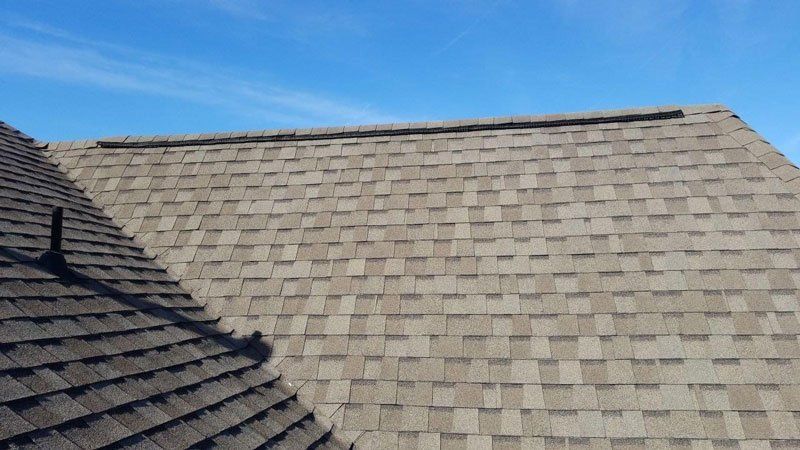
In the realm of commercial infrastructure, few elements carry as much weight as the roofing overhead. It's not just a protective layer shielding from the elements; it's a strategic investment, a cornerstone of longevity. In the dynamic landscape of commercial roofing, durability reigns supreme.
From towering skyscrapers to sprawling industrial complexes, the demands placed on these structures are immense, requiring roofing solutions that stand the test of time. In this exploration of commercial roofing durability, we delve into the pivotal role it plays in ensuring the sustainability and resilience of businesses.
From the challenges posed by environmental factors to the evolving innovations in roofing materials and technologies, every aspect is scrutinized through the lens of longevity. Join us on this journey through the rooftops of commerce, where durability isn't just a desirable trait – it's an indispensable necessity.
Environmental Challenges: Weathering Nature's Fury
Commercial roofs face a barrage of environmental challenges, ranging from scorching heat to freezing cold, torrential rains to gale-force winds. Each climatic element poses a unique threat, gradually eroding the integrity of roofing materials over time. Intense UV exposure can lead to material degradation and cracking, while heavy rains may cause leaks and water damage.
Furthermore, strong winds can exert immense pressure on the roof, potentially leading to structural damage if not adequately reinforced. Additionally, in regions prone to extreme weather events such as hurricanes or blizzards, commercial roofs must withstand even greater forces, necessitating robust design and construction.
Thus, navigating these environmental challenges requires meticulous planning and the selection of materials that can withstand nature's relentless onslaught.
Material Matters: Choosing the Right Roofing Components
When it comes to commercial roofing, selecting the right materials is crucial for ensuring durability and longevity. The choice of roofing components is influenced by various factors such as climate, budget, and maintenance requirements.
- Climate Considerations: Assessing the environmental conditions to determine the most suitable roofing materials.
- Budget Constraints: Balancing quality and cost-effectiveness to maximize the value of the roofing investment.
- Maintenance Requirements: Understanding the upkeep needs of different materials to prolong their lifespan.
- Durability Features: Evaluating the resistance of roofing components to impacts, wind uplift, and other external forces.
- Environmental Impact: Choosing eco-friendly roofing materials to reduce carbon footprint and promote sustainability.
The selection of roofing components is a critical aspect of commercial roofing projects, influencing the performance, longevity, and environmental impact of the structure.
Designing for Durability: Structural Considerations
Designing commercial roofs for durability involves careful consideration of structural elements to ensure long-term resilience against environmental stresses and wear. Proper roof slope, drainage systems, and insulation are crucial factors in preventing water damage and regulating temperature fluctuations.
- Roof Slope and Drainage: Ensuring efficient water runoff to prevent pooling and leaks.
- Insulation: Regulating indoor temperature and reducing energy costs.
- Material Selection: Choosing durable materials resistant to impact, fire, and wind uplift.
- Reinforced Membranes: Enhancing structural integrity against external forces.
- Regular Maintenance: Implementing inspections and repairs to address issues promptly and prolong lifespan.
Designing commercial roofs with structural durability in mind is essential for long-term performance and resilience.
Maintenance Matters: Extending the Lifespan of Commercial Roofs
Maintenance is the cornerstone of ensuring the longevity and functionality of commercial roofs. By implementing proactive maintenance strategies, businesses can mitigate potential issues, extend the lifespan of their roofing systems, and avoid costly repairs or premature replacements.
- Regular Inspections: Scheduled inspections allow for early detection of wear and tear, preventing minor issues from becoming major problems.
- Cleaning and Clearing: Removing debris from gutters and drains prevents water pooling and potential leaks.
- Sealing and Waterproofing: Proper sealing of penetrations and application of waterproof coatings protect against water infiltration and damage.
- Repairing Damage Promptly: Addressing cracks, leaks, and damaged flashing promptly prevents further deterioration and extends the lifespan of roofing materials.
- Implementing a Maintenance Plan: A comprehensive maintenance plan tailored to the specific needs of the roof and environment optimizes performance and minimizes the risk of unexpected failures.
Prioritizing maintenance is crucial for maximizing the durability and longevity of commercial roofs.By investing in regular inspections, cleaning, sealing, and timely repairs, businesses can protect their assets, reduce downtime, and avoid the expense of premature roof replacement.
Innovations in Roofing Technology: Pushing the Boundaries of Durability
Advancements in roofing technology continue to revolutionize the industry, pushing the boundaries of durability and performance. From innovative materials to cutting-edge installation techniques, these developments offer new opportunities to enhance the longevity and resilience of commercial roofs.
For example, the emergence of green roofing systems integrates vegetation and sustainable materials, providing natural insulation, stormwater management, and improved air quality while extending the lifespan of the roof membrane. Similarly, advancements in cool roofing technologies, such as highly reflective coatings and solar-reflective shingles, mitigate heat absorption, reduce energy consumption, and prolong the life of the roof.
Furthermore, the adoption of digital tools, such as drone surveys and predictive analytics, streamlines the inspection process, identifies potential issues proactively, and facilitates data-driven decision-making for optimal roof management. As technology continues to evolve, the future holds immense promise for even greater durability and sustainability in commercial roofing solutions.
Sustainability in Roofing: Balancing Longevity and Environmental Impact
In an era of increasing environmental awareness, the pursuit of sustainability has become a key consideration in commercial roofing. Balancing longevity with environmental impact requires a holistic approach that encompasses material selection, energy efficiency, and waste reduction.
Sustainable roofing materials, such as recycled content, renewable resources, and low-emission products, offer eco-friendly alternatives to traditional options without compromising durability or performance. Additionally, incorporating energy-efficient designs, such as cool roofs and green roofs, reduces carbon footprint, lowers utility costs, and extends the lifespan of the roof.
Moreover, implementing practices such as roof recycling and responsible waste management minimizes landfill contributions and promotes circular economy principles. By prioritizing sustainability in roofing practices, businesses can reduce their environmental footprint, enhance brand reputation, and contribute to a greener future for generations to come.
Extreme Conditions: How Commercial Roofs Handle Harsh Environments
Commercial roofs face extreme weather conditions, from scorching heat waves to powerful hurricanes, posing significant durability challenges. Robust design and construction techniques are crucial to withstand nature's fury. In high-wind areas, hurricane-resistant materials and methods prevent structural damage, while proper insulation and snow retention systems in snowy regions prevent ice dams and collapses.
Coastal areas facing saltwater corrosion require corrosion-resistant materials for prolonged roof life. By understanding these challenges and implementing appropriate strategies, businesses can ensure their commercial roofs remain resilient and functional in the long term.
Cost-Effective Solutions: Maximizing Durability Without Breaking the Bank
Finding cost-effective solutions for commercial roofing projects involves striking a balance between upfront investment and long-term value. While quality materials and professional installation may entail higher initial costs, they offer greater durability, reduced maintenance expenses, and longer lifespan, ultimately resulting in lower lifecycle costs.
Additionally, exploring financing options, such as leasing or financing programs, spreads out the financial burden over time, making high-quality roofing solutions more accessible to businesses with budget constraints. Moreover, investing in preventative maintenance and timely repairs helps avoid costly emergency repairs and premature roof replacement, preserving capital and minimizing downtime.
By adopting a strategic approach to cost management and prioritizing durability, businesses can maximize the return on investment in their commercial roofing projects while ensuring reliable performance and protection for years to come.
The Role of Professional Installation in Ensuring Roof Longevity
Professional installation is crucial for the longevity and performance of commercial roofs. Experienced contractors bring expertise, skills, and specialized equipment to execute precise installations. Every step, from substrate preparation to flashing details, impacts the roof's durability and integrity.
Professional installers adhere to industry best practices and building codes, ensuring compliance and reducing future risks. Reputable companies also offer warranties, providing assurance of quality craftsmanship. Entrusting installation to qualified professionals helps businesses avoid mistakes, ensure optimal performance, and extend the lifespan of their commercial roofs.
Future Trends: What Lies Ahead for Commercial Roofing Durability
As the commercial roofing industry advances, several key trends are poised to shape the future of durability and resilience. Innovations in materials, technology, and sustainability are driving significant changes, offering new opportunities for enhanced performance and longevity.
- Green Roofing Systems: Integration of vegetation and sustainable materials for natural insulation and improved air quality.
- Cool Roofing Technologies: Highly reflective coatings and solar-reflective shingles to mitigate heat absorption and reduce energy consumption.
- Digital Tools: Adoption of drone surveys, predictive analytics, and real-time monitoring for proactive maintenance and data-driven decision-making.
- Sustainable Materials: Use of recycled xcontent, renewable resources, and low-emission products to minimize environmental impact while maximizing durability.
- Enhanced Design Practices: Implementation of advanced structural designs and construction techniques to withstand extreme weather conditions and structural stresses.
As commercial roofing continues to evolve, embracing these future trends will be essential for businesses looking to ensure the longevity and resilience of their roofs.
Avalon Roofing Services stands as a beacon of reliability and expertise in Manteca's roofing industry. With over 30 years of dedicated service, we have earned the trust of our community as a reputable and accredited roofing contractor. We understand that your roof is not just a structure; it's an investment in your home and your family's safety.
Our commitment to excellence extends beyond mere craftsmanship; it encompasses a dedication to durability, sustainability, and long-term performance. As you navigate the complexities of commercial roofing, we invite you to partner with us for unparalleled quality and peace of mind.
Contact us today at contact@avalonroofing209.com or call our office at (209) 380-1275 to experience the difference that professionalism and integrity can make for your roofing needs. Trust Avalon Roofing Services to safeguard your investment and protect what matters most to you.



